
8 min|Dr. Jam Caleda
Platelet-Rich Plasma (PRP) For Chronic Orthopedic Pain
Regenerative Injection TherapyPlatelet Rich Plasma (PRP) is a regenerative treatment option that has been gaining popularity in the field of pain management for its potential to alleviate chronic pain and injury.
PRP therapy involves the injection of a concentrated solution of platelets and growth factors derived from the patient’s own blood, then re-injected back into a patient’s area of injury. This treatment has shown promising results in reducing pain and promoting healing in a variety of chronic pain conditions, including osteoarthritis, tendinopathy, and chronic low back pain (1-3).
What is Platelet Rich Plasma?
Platelet Rich Plasma is a concentrated solution of platelets and growth factors derived from blood. Platelets are specialized blood cells that play a crucial role in the healing process. They contain a variety of growth factors and cytokines (chemical signalling molecules) that stimulate tissue regeneration and repair. When platelets are concentrated in a solution, the resulting PRP can be injected into the affected area to promote healing and reduce pain.
PRP typically involves a simple procedure in which a small amount of blood (50-200ml) is drawn from a patient, then utilized in a centrifuge at certain speeds to separate the blood elements. These elements are further processed to extract the needed material that is rich in platelet and growth factor concentration.
Many laboratories and clinics utilize proprietary kits to prepare the solution, while some clinics, like Integrative Naturopathic Medical Centre have used platelet counting machines to ensure high output. The resulting solution prepared is utilized by the clinician to inject back into the patient’s tissues contributing to their pain. Ultrasound and fluoroscopy (X-ray) can be used as a tool to ensure precision and safety during the procedure.
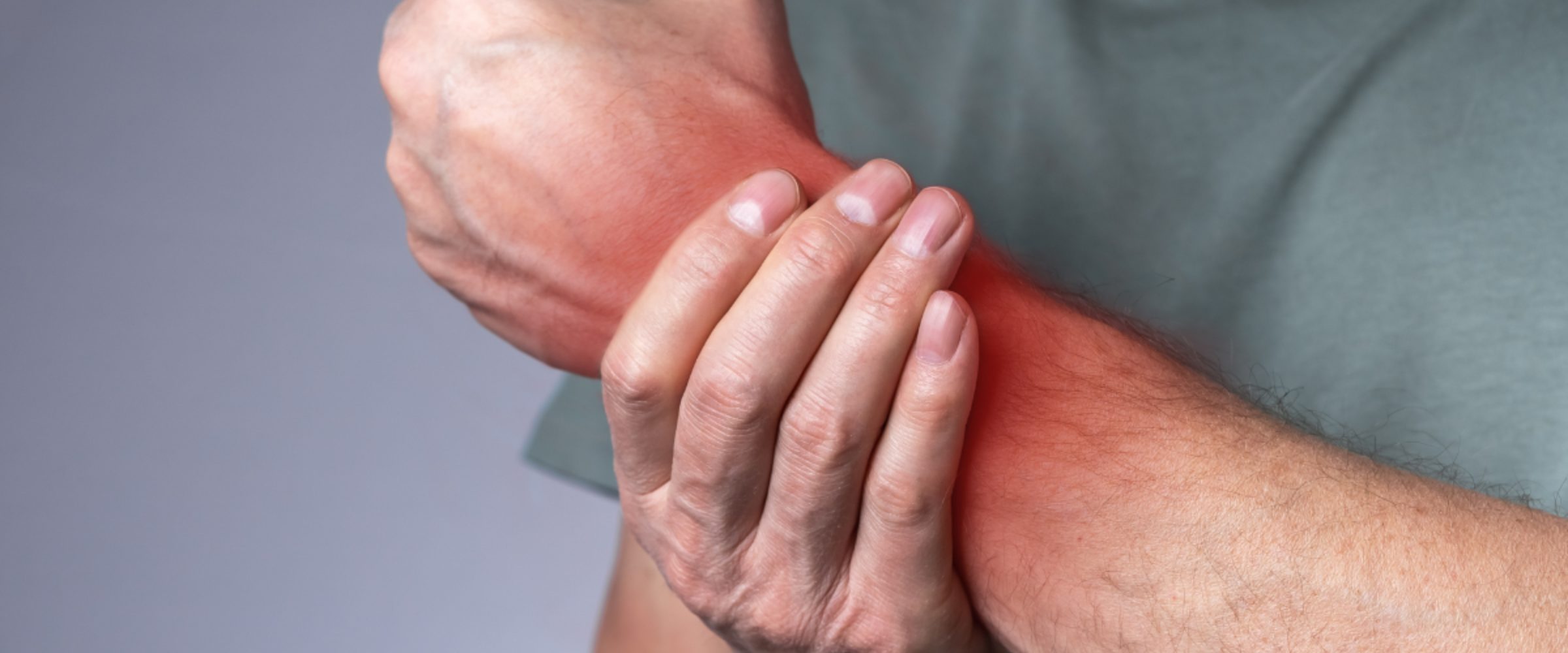
How does PRP work for chronic pain?
Chronic pain can be the result of tissue damage, or degeneration, that has not fully healed. PRP therapy can help to stimulate the healing process needed to resolve these issues. The growth factors, chemical signalling molecules, and even circulating stem cells is used to promote regeneration of damaged tissue, reduce inflammation, and in effect alleviate pain (4,5).
PRP has been shown to inhibit the activity of pain receptors in an effected area. The agents in the solution mitigate inflammation of enflamed tissue by affecting local chemotaxis (cell signalling) in the short term and down regulate gene expression that contributes of the chronic inflammatory and degenerative process for long term outcomes (6). Rebuilding tissue is another mechanism in which PRP helps mitigating chronic pain. In a study conducted by The American Journal of Sports Medicine, PRP was found to help to decrease the breakdown of joint tissue and increase cartilage synthesis activity in a knee (7).
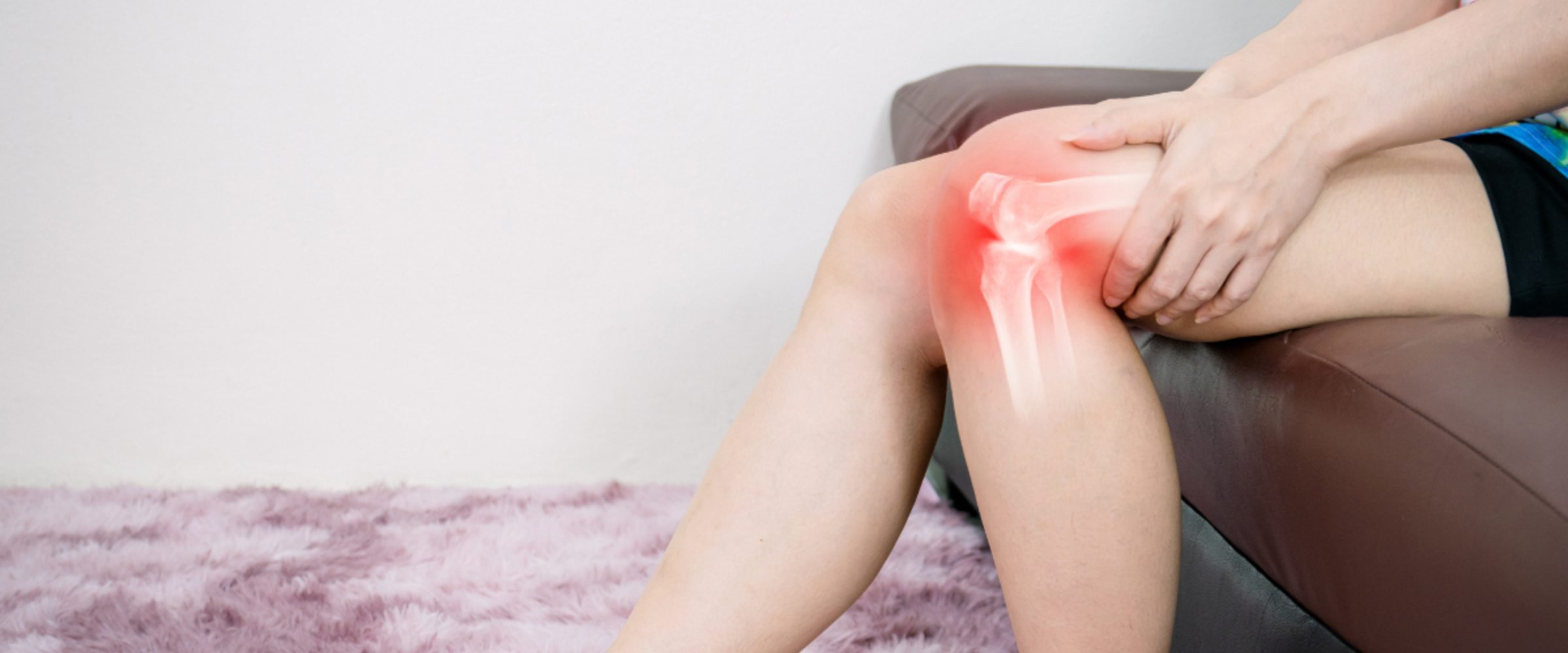
The uses and evidence of PRP
As discussed above, a variety of pain conditions, including osteoarthritis, tendon injuries, and chronic pain associated with ligamentous laxity or degeneration can benefit from the use of PRP. However there are some other associated uses. This section discusses other uses.
Osteoarthritis is a degenerative joint disease that is a result of usually multiple factors. It can lead to stiffness, lack of mobility, lowered function, and general pain of the affected joint. In a study published in the American Journal of Sports Medicine, researchers found that PRP injected improved overall function, subjective pain scales and quality of life in patients with knee osteoarthritis (8). Some studies suggest it’s efficacy in wound healing and return to play outcomes following orthopedic surgery, however evidence is limited and larger more robust trials are needed (9). Some literature also describes the use of PRP in accelerating fractures (10).
General use of PRP in other settings of regeneration is limited. Some studies support it’s use however are highly suspicious of bias. There are conflicting reports in meta-analyses of the use of this treatment in sports injuries, with a clear efficacy in knee osteoarthritis and lateral epicondylitis however better studies are needed to evaluate its efficacy in other common sports related injuries. (11).
Tendinopathy refers to a large range of conditions that affect tendons, which are thick fibrous cords of tissue attaching muscles to bones. Tendinopathy can result in swelling, reduced range of motion and pain. PRP has been shown to be effective in certain tendinopathies, promoting regeneration of damaged tendon tissue, particularly for patellar and achilles tendinopathy (12-13).
Chronic low back pain is a common condition in Canada that can be caused by a variety of factors, including disc and facet degeneration, and spinal stenosis. A cellular investigation of the effects of PRP has been shown to have positive effects on the regeneration of disc material of the low back, and supported it’s effect of reducing disc height loss and improving disc height (14-15). It is important to note that clinical studies regarding these outcomes are mostly limited to in-vivo and in-vitro cultures and case studies. Larger randomized controlled trials are likely needed to confirm whether PRP can be used as first line or stand alone therapy for degenerative disc disease.
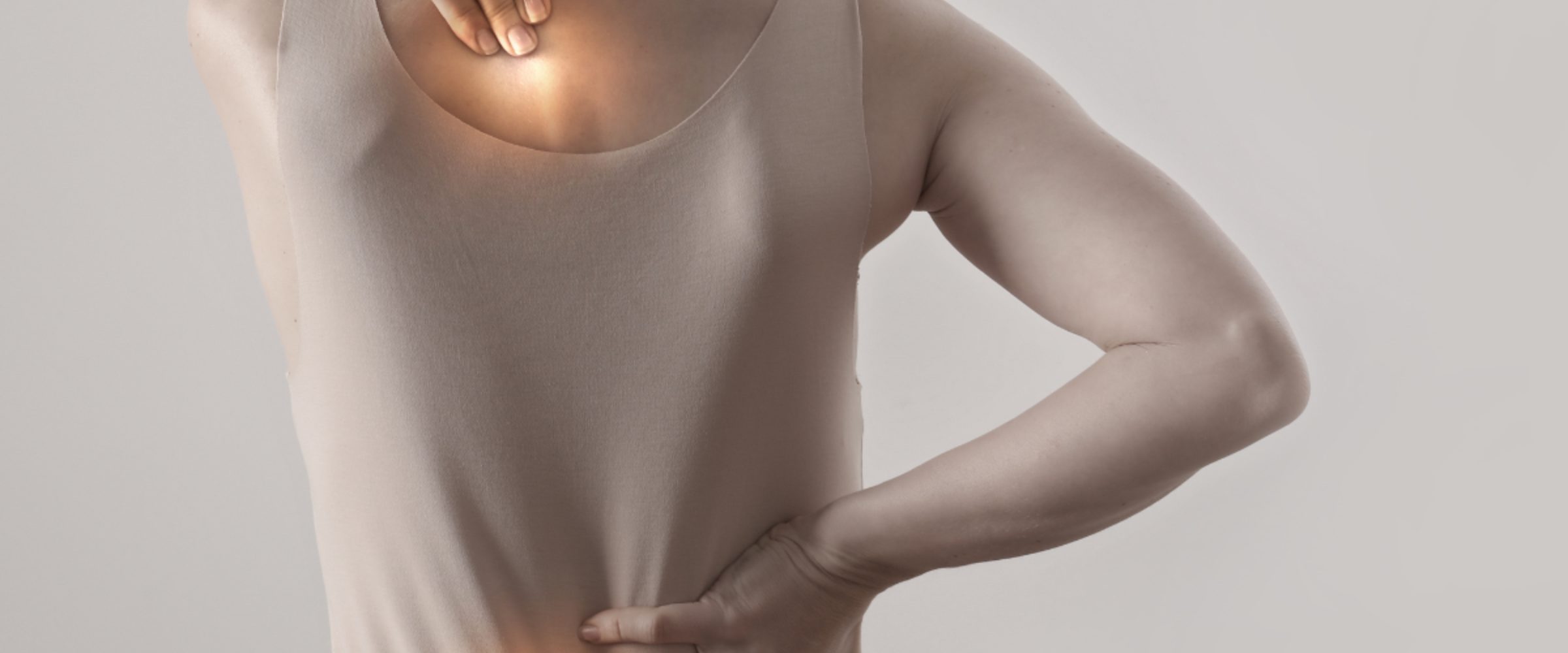
Timeline
The timeline for PRP therapy to work for chronic pain can vary depending on the individual and type of injury being treated. Typically patients may begin to experience relief within a few days to several weeks after the initial treatment. However long term benefit of subjective and functional improvement can take 6-12 weeks or up to 6 months to be realized.For some patients a single injection of PRP may be enough to provide significant pain relief, however many factors may impact this outcome. It is typical to expect multiple injections over a period of several months and in some instances years to achieved desired results.
Frequency of injections depend on the severity of the injury and the individual’s response to treatment. It is important to note that while PRP therapy can be effective in reducing chronic pain, it may not be suitable for everyone and should be considered only after evaluation by an experienced clinician.
Conclusion
Overall PRP may benefit people suffering from chronic orthopaedic pain associated with soft tissue dysfunction. It is a minimally invasive treatment with relatively low risk that can be performed in an outpatient basis. The procedure can cost anywhere between CAD600-2000. It typically takes less than an hour and most patient experience tolerable discomfort and are discharged within the same day. Dr. Jam Caleda at Integrative Naturopathic Medical Centre is an advanced injection therapy naturopath that can help evaluate your candidacy for PRP.References
1. O’Connell, B., Wragg, N.M. & Wilson, S.L. The use of PRP injections in the management of knee osteoarthritis. Cell Tissue Res 376, 143–152 (2019). https://doi.org/10.1007/s00441...
2. Zhang J, Wang JH. PRP treatment effects on degenerative tendinopathy-an in vitro model study. Muscles, ligaments, and tendons journal. 2014 Ja;4(1):10.
3. Won SJ, Kim DY, Kim JM. Effect of platelet-rich plasma injections for chronic nonspecific low back pain: A randomized controlled study. Medicine. 2022 Feb 2;101(8).
4. Zhang J, Middleton KK, Fu FH, Im HJ, Wang JH. HGF mediates the anti-inflammatory effects of PRP on injured tendons. PloS one. 2013 Jun 28;8(6):e67303.
5. Andia I, Maffulli N. Platelet-rich plasma for managing pain and inflammation in osteoarthritis. Nature Reviews Rheumatology. 2013 Dec;9(12):721-30.
6. Andia I, Rubio-Azpeitia E, Maffulli N. Platelet-rich plasma modulates the secretion of inflammatory/angiogenic proteins by inflamed tenocytes. Clinical Orthopaedics and Related Research®. 2015 May;473:1624-34.
7. Sundman EA, Cole BJ, Karas V, Della Valle C, Tetreault MW, Mohammed HO, Fortier LA. The anti-inflammatory and matrix restorative mechanisms of platelet-rich plasma in osteoarthritis. The American journal of sports medicine. 2014 Jan;42(1):35-41.
8. Patel S, Dhillon MS, Aggarwal S, Marwaha N, Jain A. Treatment with platelet-rich plasma is more effective than placebo for knee osteoarthritis: a prospective, double-blind, randomized trial. The American journal of sports medicine. 2013 Feb;41(2):356-64.
9. Everts PA, van Erp A, DeSimone A, Cohen DS, Gardner RD. Platelet Rich Plasma in Orthopedic Surgical Medicine. Platelets. 2021 Feb 17;32(2):163-74.
10. Andersen C, Wragg NM, Shariatzadeh M, Wilson SL. The use of platelet-rich plasma (PRP) for the management of non-union fractures. Current Osteoporosis Reports. 2021 Feb;19:1-4.
11. Mlynarek RA, Kuhn AW, Bedi A. Platelet-rich plasma (PRP) in orthopedic sports medicine. Am J Orthop. 2016 Jul;45(5):290-326.
12. Fitzpatrick J, Bulsara M, Zheng MH. The effectiveness of platelet-rich plasma in the treatment of tendinopathy: a meta-analysis of randomized controlled clinical trials. The American journal of sports medicine. 2017 Jan;45(1):226-33.
13. Di Matteo B, Filardo G, Kon E, Marcacci M. Platelet-rich plasma: evidence for the treatment of patellar and Achilles tendinopathy—a systematic review. Musculoskeletal surgery. 2015 Apr;99:1-9.
14. Chang Y, Yang M, Ke S, Zhang Y, Xu G, Li Z. Effect of platelet-rich plasma on intervertebral disc degeneration in vivo and in vitro: a critical review. Oxidative Medicine and Cellular Longevity. 2020 Nov 21;2020:1-0.
15. Wang SZ, Chang Q, Lu J, Wang C. Growth factors and platelet-rich plasma: promising biological strategies for early intervertebral disc degeneration. International Orthopaedics. 2015 May;39:927-34.
Related Articles
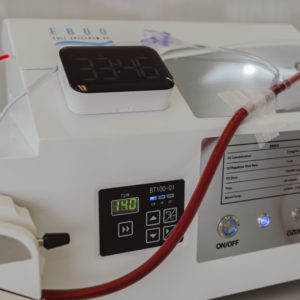
8 min|Dr. Alex Chan
EBOO for Chronic Inflammation: A Natural Approach for Systemic Relief
Regenerative Medicine, EBOO Therapy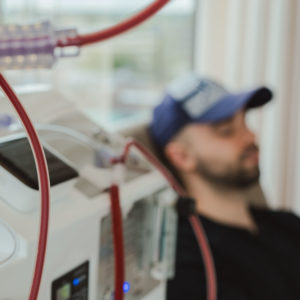
8 min|Dr. Alex Chan
EBOO Therapy for Autoimmune Conditions: Exploring the Potential Benefits
Autoimmune Disease, Regenerative Medicine, EBOO Therapy



